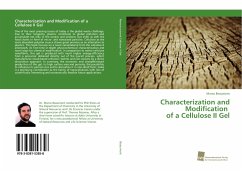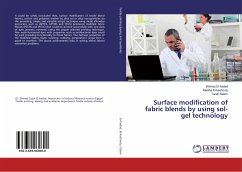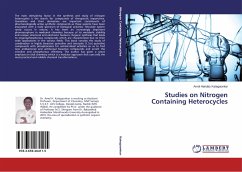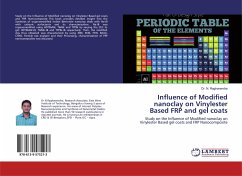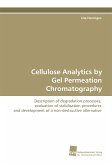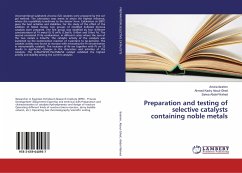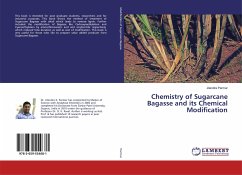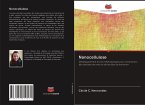One of the most pressing issues of today is the global waste challenge. Due to their longevity, plastics contribute to global pollution and accumulate not only in the oceans and onshore, but enter as well the food chains in form of micro- and nanosized particles. Cellulose as the most abundant polymer source shows great promise as an alternative to plastics. This book focuses on a novel nanomaterial from the cellulose II allomorph, its first-time in-depth physicochemical characterization and novel ways for chemical modification. In comparison to native cellulose nanofibrils, this gel is produced with much higher energy-efficiency from a precursor obtained directly out of the lyocell process, which manufactures wood-based cellulosic textiles and non-wovens by a direct dissolution approach. In summary, the economic and straightforward production of this gel, its high surface area and porosity, the possibility to influence its particle size and to derivatize it in non-dried form; make it a promising contribution to the family of nanocelluloses with lots of scientifically interesting and economically feasible future applications.
Bitte wählen Sie Ihr Anliegen aus.
Rechnungen
Retourenschein anfordern
Bestellstatus
Storno

